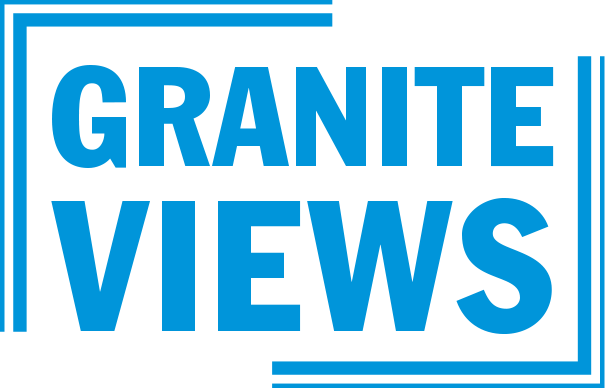My new go-to is yoga. Too much hiking and not enough stretching, not to mention crouching over my keyboard, brings on unaccustomed pains. The breathing, poses and mental habits of yoga rejuvenate me. Even practiced in a drafty community rec center, yoga loosens my muscles and expands my mind.
The language is part of it. I do not mean Sanskrit, the ancient language the first yogis spoke. I mean the word patterns and translations used by my American teachers, each of whom brings their own style and experience to class. They all emphasize that practicing yoga is a personal journey. There are modifications for different bodies and room for different degrees of challenge on different days. After all, it seems, “Leg” and “Hip” and our other body parts are esteemed colleagues. It’s OK, I’m told, if “Back Body” wants to just drape in “Child’s Pose” for an hour.
The descriptive names of yoga’s poses and flows just tickle me. “Downward Dog” and “Cow-and-Cat” are well-known, the stuff of birthday card jokes. But what about “Seated Half-Fish“ or “Revolved Chair’’? I have to wonder if these sound as funny in the original. My teachers actually do refer to the final pose, lying prone on the mat in silence for a few minutes, in Sanskrit. I imagine that’s because we Americans aren’t very comfortable with death and “savasana” means “corpse.” Although there is a practice known as laughter yoga, and various animal-accompanied classes are guaranteed to make one smile (think yoga with goat, butterfly, kitten), I’m not in one of those classes. I giggle as quietly as possible at the imagery of my teachers’ words.
Physical movement is only one of the eight limbs of yoga. Breathing control, behavioral self-restraints and disciplines, withdrawal of the senses, concentration and meditation are others, culminating in liberation. A significant and growing body of research backs up what dedicated yogis have always known about the emotional and mental as well as physical benefits. Yoga reduces anxiety and depression and strengthens parts of the brain important for memory, attention, awareness, thought and language.
The pandemic has caused significant mental health challenges, particularly among younger adults, racial and ethnic minorities, essential workers and unpaid adult caregivers. Experts surveyed by the Pew Research Center predict that some of the worst stressors — economic inequality, misinformation and “tele-everything” — will persist in the new normal. At the very least, life will remain unpredictable. We can ease ourselves into position to handle it, and help others, by stretching our bodies and minds. When my hip joints are screaming as I criss-cross my legs, my teacher says, “Breathe. Sit up tall. Allow the change.” Ever so slowly my pain, thoughts, and feelings do change.

